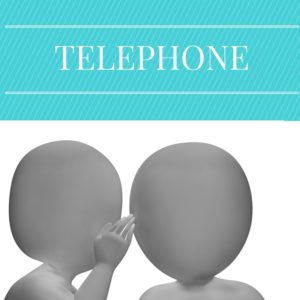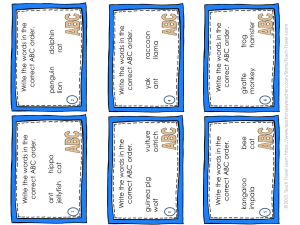
I know just about everyone has played telephone before, but sometimes you forget about the games you played as child, or don’t think of how familiar games can be repurposed for ESL. Telephone is a fun way to get students to listen carefully and make logical guesses to fill in any gaps.
To play, line your students up in two or more rows (teams) starting from the front and going to the back. The student at the front of each team is given a sentence.
You need to consider the level of the students carefully when choosing your sentence– make sure the lead students can all understand it really easily. It can work well to take something that you’ve been studying from the textbook and adjust it slightly. They whisper the sentence
The lead students whisper the sentence one time to the next student in their line. That student whispers it to the person in front of them, etc. The last person to hear the sentence must correctly state what they have heard. The team with the closest phrase is the winner.
You may need to explicitly forbid students from using their L1. It is usually pretty obvious if someone has translated along the way, because the ending sentence has the same meaning as the original but uses synonyms.
You can either give each group the same sentence or use different ones. I like to take the team leaders into the hall, give each a different sentence and allow them the chance to have it repeated before we begin. Then, the students return together and the game begins.
Keep the teams to about 8-10 students or fewer in order to increase speaking time. Remember that students will only say one sentence each per round. Remind students that even if they didn’t hear the sentence clearly, they need to make their best guess and tell something to the next person instead of nothing.



